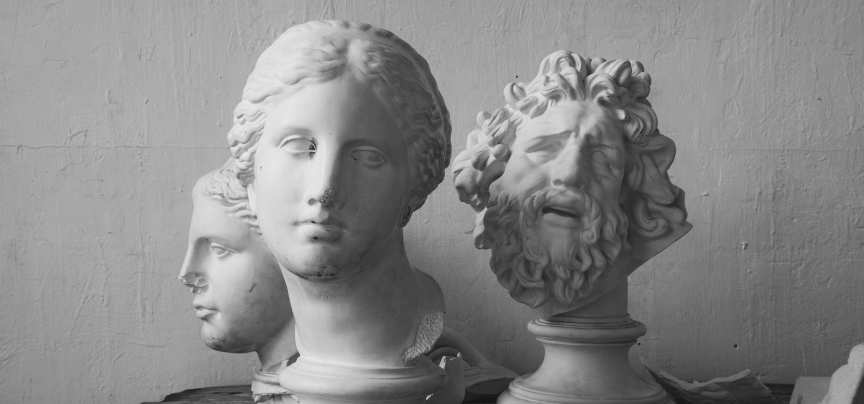
If you’ve ever seen a master painting, you know how amazing it is. You may want it for your own home, but the likelihood of being able to afford it (or having access to it for sale) is slim. In most cases, people purchase reproductions of these famous paintings. They realize that they are not real, so these reproductions are not considered to be forgeries.
On the other hand, if you’re an art collector and do purchase what you believe is an original work of art, finding out that it’s a forgery can be extremely upsetting. A piece of art that should be worth thousands would be worth practically nothing, all because it’s not an original.
As someone who reproduces art yourself, it’s possible that you could end up on the wrong side of the law if a client doesn’t realize that your work isn’t original. For example, if you sell a copy of “Starry Night” by Vincent van Gogh but make it appear that this is an original, you’re knowingly trying to sell a reproduction. In that case, it would be called a forgery. If you’re found out, then you could face serious penalties.
Forgery charges can result in time in prison, a requirement to repay what you were given for the work of art as well as additional funds and fines, probation and community service. Depending on the value of the forgery, your fines and sentence may be more or less significant.
If you’re accused of forging a piece of art, it’s essential to protect yourself. This felony while collar crime could have a lasting impact on your life.
